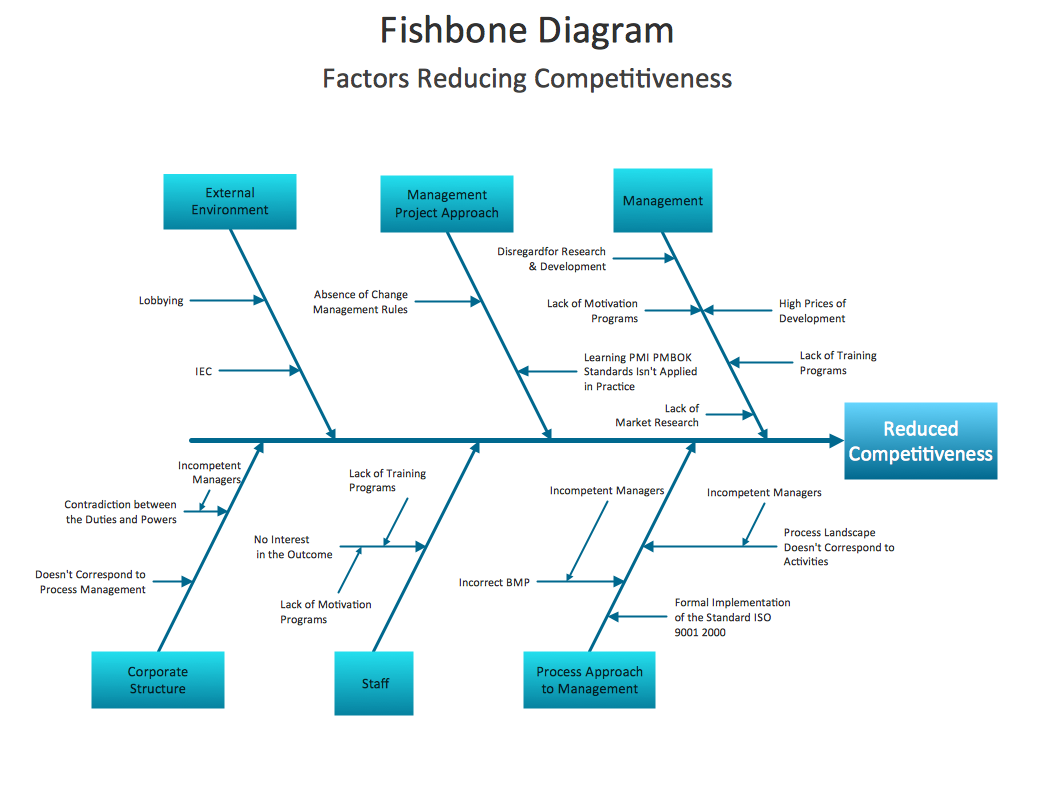


Among the groups of causes behind the problem, some factors are leading the problem with intensive rate and making huge blunders. So, you need to take a view of the causes so that you can identify the one that is creating the problem to a high extent by creating maximum obstacles.ĭo you think all factors can have the same impact on creating a problem for the product you have made? Obviously, the answer is no. You will find many types of causes that seem to be leading to this problem, but all are not effective to the same extent. You need to dive deeply into the problem and grab the causes behind it. Usually, the causes behind the problem are not visible. There are different factors or causes leading to the genuine problem. Collection of different causes of the problem You must write the problem statement as we write our mission statement so you can remember which thing you are going to deal with.

When you have gone through the procedure of project management and identified the problem, you need to define the problem statement. On the way to reverse the process, you can get the points where you or your team made a mistake. By looking backward, you can go through every step you and your team took while working on the project. Do you think it is possible to find the solution when you do not know what the problem behind the inefficiency of the product is? Never! You will not find the solution before tracking the problem.Ī Fishbone diagram helps you to look back on the past steps you have made during the project completion.

When you are working on a project and looking forward to the expected outcomes, but you do not get them, it is highly alarming and needs a solution. So, here is the proper guide for building a Fishbone diagram that will surely help you move backward step by step and identify the root causes. Looking forward to the solution to problems you face in your project? Yes, it is possible to go around the problem, find its cause, and then look for the solutions.
FISHBONE ISHIKAWA DIAGRAM TEMPLATE HOW TO
If you are looking for such a magic wand to trap the root causes of the problems of your project, you need to learn how to build a Fishbone diagram. Most project managers use the Fishbone diagram parallel to many other project management tools. In this way, the project managers can identify the groups of causes of problems and then the roots cause of the problem that leads to other causes to create a problem. The Fishbone diagram helps the project manager look back into the processes that he and his team made during the project completion by drawing out the backbone structure of fish in groups. The Fishbone diagram is also famous with other names like the causes and effects diagram, Ishikawa diagram, and Herringbone diagram. The managers seek help from the Fishbone diagram to track the causes of problems happening in the projects. What is a Fishbone diagram?īefore you dive into the detailed steps to learn how to build a Fishbone diagram, you need to briefly introduce the Fishbone diagram. A Fishbone diagram is easy to draw if you properly understand what a Fishbone diagram is, how to build a Fishbone diagram and how it can help you in your project. It will help him to fix the problem and avoid repeating it next time in other projects.Ī Fishbone diagram can help you in this regard by helping you to find the root cause of the problem. For this purpose, the project manager needs to move in a backward manner step-by-step and identify the core problem and causes behind it. The root causes of the problem let the manager decide what kind of the problem is and what he needs to do to fix it. It is possible to track the problem and fix it by identifying the causes and root causes. Different problems arise during the project completion that you need to address the time before it ruins all your effort.


 0 kommentar(er)
0 kommentar(er)
